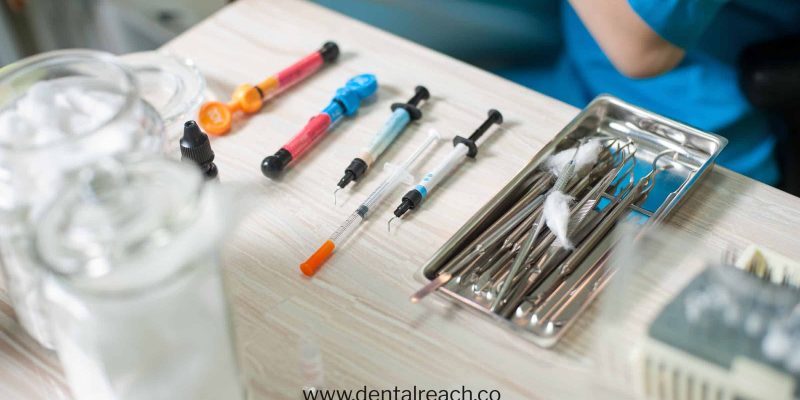Past centuries gave us major innovations and advancements in dentistry. Dental experts have provided retrospective glances; personal reminiscences taking them back to the future. Hence, technology can never be taken for granted in dentistry; there are multiple aspects for consideration with the latest innovations.
Bonding materials and composite resins
Nearly 3 types of cement were used to adhere mechanically for orthodontic appliances in dentistry. Even for posts, crowns and bridges, ceramic onlays and inlays cement were used to great extent. Zinc oxide eugenol cement, silicate cement, zinc phosphate cement and in later years as it advanced glass ionomer was introduced in the 1970s. This adheres to the enamel and dentin chemically, whereas bond despite using it for preconditioning the tooth surface with acids remained outmost weak.
Dr Michael Buonocare introduced acid etch technique in 1955 and later, it was improved by Dr Rafael Bowen, composite resins through which adhesion of tooth coloured material took place. The latest generation dentin bonding materials successfully bond the ceramic material, crowns, bridges, posts, etc. The most important factor is increased efficiency, speed and bonded restorations for enamel and dentin.
It is possible to use composite resin for filling the tooth structure, considering a more conservative preparation. It would be able to seal and bond the tooth as a restorative material for caries resistant teeth. Dr Buonocare’s work enabled the majority of dentists to seal and bond the margins of restorations in the 1950s. The composite resin is one of the best aesthetic materials with relatively low cost; physical appearance majorly affects the psychological well being of individuals, confidence levels and self-esteem in many patients.
Composite resin is a single substance helps treat patients for next generations throughout their lives from infants and children for preventive procedures.
Hand pieces of high speed
Dr John Borden patented an air powered turbine operated dental hand piece during the mid 1950s. He knew the key to improve dental skills is faster than pulley driven dental drills with respect to time. Dr Borden’s innovation using air in the dental hand piece with ball bearing is considered to be a key component of the hand piece. This helped many dentists fill cavities, crown preparations and other functions, which previously used to take as long as 20 minutes now gets done within a minute or two. The overall effort resulted in the fact that dentistry became more productive with an opportunity to improve their income.
Dental Implants
A single implant can be placed if a patient loses its tooth, adjacent teeth do not have to prepare itself to support a fixed bridge. The prime success reason is that an implant crown cannot decay since its all metal to metal. Osseointegration of implants to bone existed in 1970s. Profession could be predictable, implant-supported restorations for full arch cases for the first time. It was extended to include partially edentulous jaws along with involving single tooth replacement in 1980s and 1990s. In today’s era, the success rate is about 95 per cent for most implants. In fact, implants are considered to be safer and more predictable than in the past.
References
- Amaldas J, Bhuminathan S, Mayadevi G, Rajarajan R, – Int J Innov Dent Sci 2017
- Operative Dentistry: A Practical Guide to Recent Innovations
- Future Innovation in Dental Restorative Materials – T Watson, C H Fox, E D Rekow




















Comments